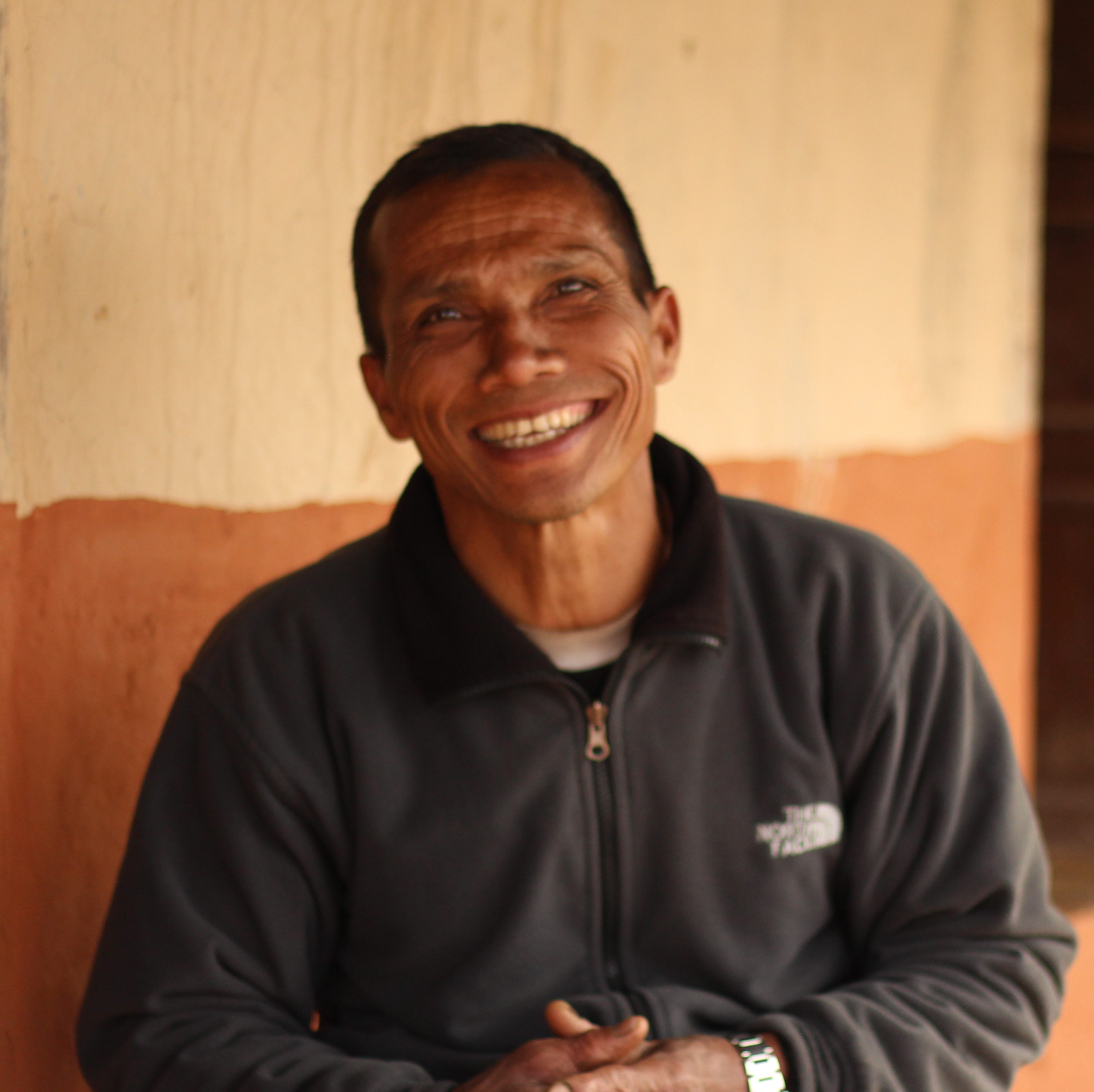Last year the Indian Rupee and Nepali Rupee values dropped dramatically by 17% at their lowest point, the lowest in 15 years. This is a by-product of the trade war between the United States and China, and creates an added challenge for the poorest of the poor in remote villages.
The result is that India and Nepal’s economies will likely be slowing down and the cost of imports will skyrocket. This is increasing the cost of goods which is the biggest impact for families already struggling in villages.
Low skill labor jobs in tourism are among the highest valued in Nepal. For example, a nurse in Kathmandu makes around $140 a month, and a teacher makes about $120 a month while a tour bus driver makes $400 a month. Nepalis skilled in a certain trade or educated in a particular field are able to make more money abroad, which is what many do.

These fiscal challenges make ServLife’s microfinance program all the more critical. Last year there were 99 families in the program, and there are plans to launch in more villages this year. With most families increasing their annual revenue by 250% in the first year, the small business loans are providing hope and opportunity.
Families like Narayan’s have seen a fast and tangible increase in revenue while the value of the rupee declines. Narayan was able to purchase two yaks and sell butter, and his business was profitable enough that he was able to support his family and pay off his loan ahead of schedule. Thirty-eight more families in the village also benefited from the loan and as a result the community has flourished.
“Before microfinance, people were poor,” Narayan shares. “They didn’t have money but after microfinance, they have money now. They can take care of their families.” As the value of the rupee decreases, we hope to see more families like Narayan’s thrive and increase their revenue.

